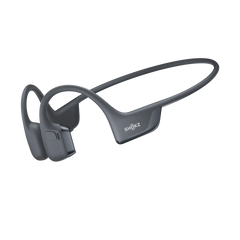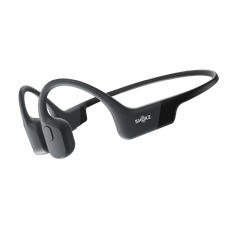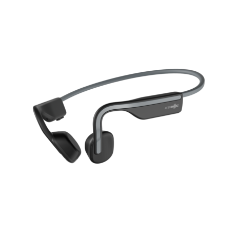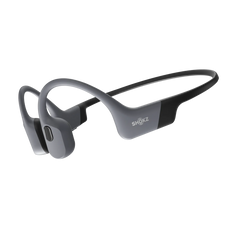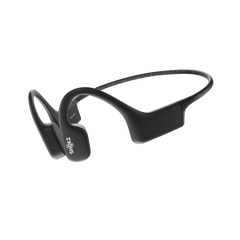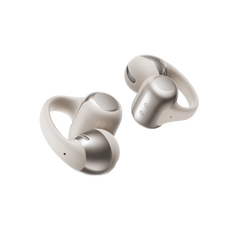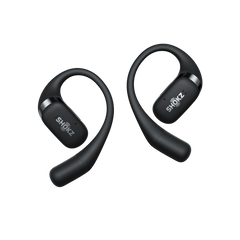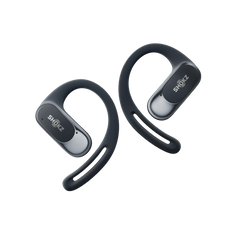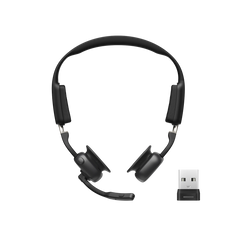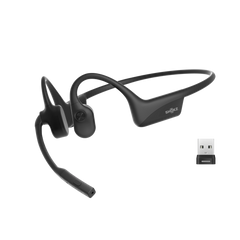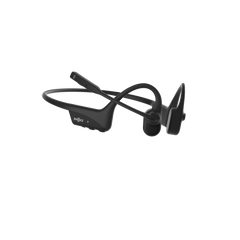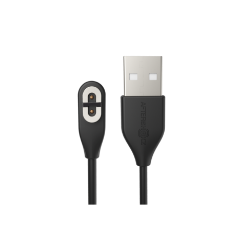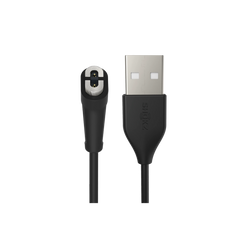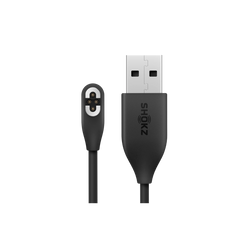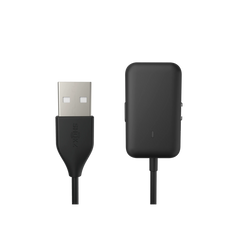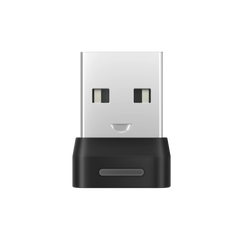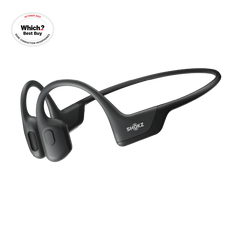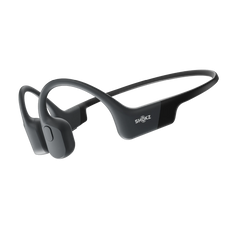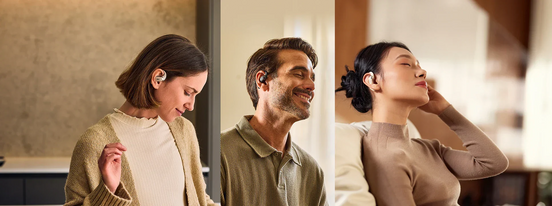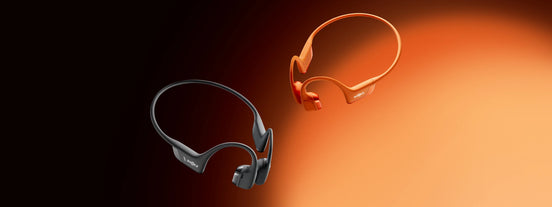Open-ear headphones have gained popularity in recent years due to their unique design and the benefits they offer, particularly in maintaining situational awareness.
These headphones allow users to enjoy their audio without blocking out external sounds, making them ideal for active individuals or those who like to stay connected to their surroundings. However, many are concerned whether this open design compromises sound quality.
If you're considering purchasing open-ear headphones, it's essential to understand how these devices deliver sound, their impact on audio quality, and how new technologies are changing the game. In this post, we will explore whether open-ear headphones really sacrifice sound quality or if advancements are bridging the gap.
Open-Ear vs Traditional Earbuds: How They Compare in Sound Quality
When comparing open-ear headphones to traditional models, the most significant difference is how sound is delivered to the listener. Open ear headphones use either bone conduction or air conduction to transmit audio, which differs significantly from the usual closed-back or in-ear headphones that isolate sound within the ear canal.
Bone conduction technology directs sound through the bones of the skull, bypassing the eardrum to reach the inner ear. On the other hand, air conduction uses speakers placed near the ear to let the user hear their surroundings while enjoying the audio.
While these technologies ensure a safer listening experience, especially for outdoor activities, they have been historically critiqued for a lack of bass depth and overall immersion.
However, open-ear headphones have evolved significantly. Newer models have addressed these concerns and offer better quality of sound, especially in mid and high frequencies, while still delivering the unique benefits of open-ear design.
Open Ear Headphones: A Viable Choice for Audiophiles?
Audiophiles, or those who prioritise high-quality sound above all, often opt for closed-back or in-ear headphones for their superior sound isolation, deeper bass, and greater detail.
These types of headphones are designed to deliver full-range audio without interference from the external environment. For audiophiles, these traditional models remain the gold standard.
However, open-ear headphones are not completely unsuitable for casual listening. Audio engineers agree that they may not compete with the precision and bass of high-end models, but they still offer a satisfactory quality of sound for most types of music.
These headphones are perfect for users who want to stay connected to the world around them without compromising comfort.
Real-World Comparison: While open-ear headphones may not provide the immersion that audiophiles seek, they cater to a different audience – those who need comfort, awareness, and convenience.
Balancing Comfort and Sound Quality in Open-Ear Headphones
Open ear headphones excel at balancing comfort and sound quality. Comfort is the primary selling point for many users. They do not cover the ear canal, preventing pressure buildup, making them ideal for extended wear.
Many users report that open-ear headphones are far more comfortable for long listening sessions than traditional in-ear models, which can cause discomfort after prolonged use.
Comfort: Open ear headphones are designed to provide comfort for long-term wear. Because they do not have ear canal pressure, they are much more comfortable during activities like running, cycling, or commuting.
Sound Quality: Although open-ear headphones don't deliver the deep bass and isolation of traditional models, improvements in technology, such as bone conduction and advanced speaker placements, have allowed for better quality of sound without sacrificing comfort.
Innovations like DualPitch™ and DirectPitch™ technology in Shokz models have helped overcome the challenge of bass reproduction. These innovations ensure that users experience a fuller and more dynamic sound profile without the discomfort of traditional in-ear headphones.
Why Open-Ear Headphones are Gaining Popularity
No Pressure on the Ear Canal: Unlike traditional in-ear headphones, open-ear headphones do not press against the ear canal. This prevents the discomfort many people experience during long listening sessions.
Better Airflow and Hygiene: Because the ear canal is open, open-ear headphones allow for better airflow, which can reduce moisture buildup. This makes them a great choice for athletes or anyone who wears headphones for long periods.
Extended Use: Many users prefer open-ear headphones for extended use during outdoor activities or commutes, where comfort is paramount and safety is crucial.
The Evolution of Sound Quality in Open-Ear Headphones
How Sound Quality Has Evolved in Open-Ear Headphones
Technological improvements, such as bone conduction and advanced acoustic designs, are making it possible to achieve clearer, more balanced sound in open-ear headphones. These innovations have enhanced the listening experience, even for those who previously would have considered the quality of sound insufficient.
Can Open-Ear Headphones Compete with High-End Audio Equipment?
Audiophile Perspective: While Open-Ear headphones may not match the precision of premium models, they serve a different purpose. They prioritise comfort, situational awareness, and safety, filling a niche that high-end closed-back headphones don't address.
Industry Trends: Open-ear headphones may not replace high-end audio equipment for critical listening but are becoming popular among users who prioritise comfort and environmental awareness.
Are Open Ear Headphones the Right Choice for You?
Who Should Consider Open-Ear Headphones?
Ideal Users: Open ear headphones are perfect for runners, cyclists, and commuters who want to stay aware of their surroundings while listening to music.
Not Ideal for Audiophiles: If you demand the highest sound quality and immersive listening, closed-back headphones may better suit you due to their superior bass and isolation.
What to Look for in Open-Ear Headphones for the Best Sound and Comfort?
Sound Quality: Choose models that balance sound clarity with bass response. Look for higher-end open-ear headphones with bone conduction technology or optimised acoustics for superior sound.
Comfort and Fit: Ensure the headphones are lightweight, adjustable, and fit securely. Comfort is critical for long listening sessions or outdoor activities.
Battery Life: Opt for headphones with extended battery life, especially if you plan to use them for prolonged periods, such as during workouts or commuting.

Shokz OpenFit Air & OpenFit: Achieving Comfort and Sound Quality
The Shokz OpenFit Air has an open-ear design that delivers clear, balanced sound while ensuring comfort during extended listening. It features a custom dynamic driver for balanced sound across highs, mids, and bass. With Dynamic Range Control (DRC), EQ levels adjust in real-time for optimal audio. You can personalise your sound using four preset EQ modes in the Shokz App.
Similarly, the Shokz OpenFit headphones avoid direct ear canal insertion, minimising pressure and heat buildup. Shokz OpenBass™ is a proprietary low-frequency enhancement algorithm that delivers deep bass directly to your ear without blocking it. Dynamic Range Control adjusts the EQ in real time and ensures a rich and natural listening experience at any volume. This design enhances comfort for long listening sessions while providing a stable and enjoyable sound experience.
Visit Shokz UK and Upgrade to Shokz OpenFit or OpenFit Air for a comfortable, high-quality listening experience that keeps you connected to your surroundings.
Open-Ear Headphones: Sound Quality and Comfort Combined
If you're in the market for open-ear headphones, it's essential to understand the balance between comfort and sound quality.
While these headphones may not offer the deep bass or isolation of traditional models, technological innovations like bone conduction have significantly improved the audio experience.
Whether you're an athlete, commuter, or outdoor enthusiast, open-ear headphones offer a comfortable and safe listening experience that suits a variety of environments.
FAQs
Q: Do open-ear headphones provide high sound quality?
While they don't match the bass-heavy performance of traditional headphones, open-ear headphones offer clear and balanced audio, ideal for casual listening and active environments.
Q: Can I use open-ear headphones for running or cycling?
You can use open-ear headphones for running or cycling. They are perfect for outdoor activities and allow you to enjoy your music while remaining aware of your surroundings for safety.
Q: Are open-ear headphones comfortable for long listening sessions?
Open-ear headphones are designed for comfort. They reduce ear canal pressure and promote airflow. These features make them ideal for extended wear.
